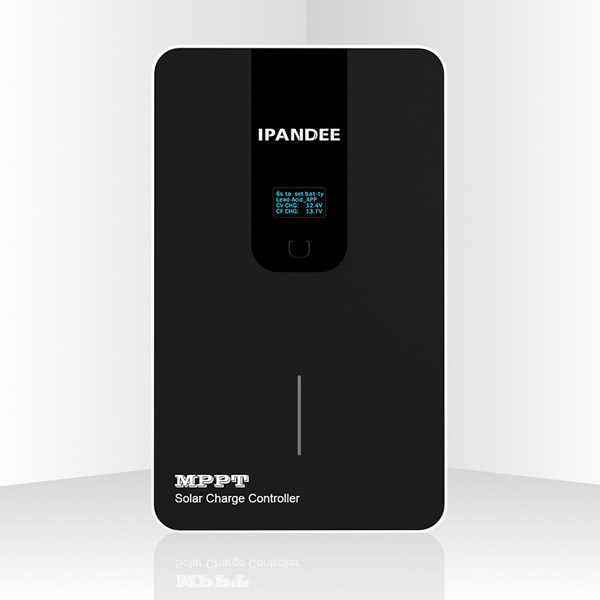In the realm of solar energy, efficiency is key, and the MPPT (Maximum Power Point Tracking) solar charge controller stands as a crucial player in optimizing the performance of solar panels. Let's delve into the workings of this innovative technology and understand how MPPT solar charge controllers contribute to harnessing solar power more effectively.
Maximizing Solar Harvesting with MPPT Technology
The Solar Panel Challenge
Solar panels are designed to convert sunlight into electricity, but they operate under varying conditions. Changes in sunlight intensity and temperature can significantly impact their efficiency. MPPT technology addresses this challenge by dynamically adjusting the operating point of the solar panels to extract the maximum available power, irrespective of external conditions.
Dynamic Point Adjustment
MPPT controllers constantly analyze the output of the solar panels and adjust the operating point to the Maximum Power Point (MPP). This dynamic adjustment ensures that the solar panels are consistently operating at their peak efficiency, maximizing the amount of energy harvested from the sunlight.
Components of MPPT Solar Charge Controllers
Sensor System
The competitive MPPT solar charge controller is equipped with sophisticated sensors that monitor the voltage and current of the solar panels. These sensors provide real-time data, allowing the controller to make instant adjustments based on the prevailing environmental conditions.
Microprocessor Intelligence
The heart of an MPPT solar charge controller lies in its microprocessor, which processes the data from the sensors and determines the optimal operating point for the solar panels. This intelligent decision-making is what sets MPPT controllers apart from traditional charge controllers.
The Working Mechanism in Action
Tracking the Maximum Power Point
As sunlight conditions change throughout the day, the MPPT solar charge controller continually tracks the Maximum Power Point of the solar panels. By adjusting the operating voltage and current, the controller ensures that the panels are always operating at their highest efficiency, even when faced with partial shading or fluctuating sunlight intensity.
Efficiency Optimization
MPPT controllers excel in scenarios where the solar array experiences non-uniform conditions. Whether it's clouds passing overhead or partial shading due to nearby structures, the controller adapts swiftly, optimizing energy harvesting and ensuring that the solar panels are operating at peak efficiency.
Applications and Benefits of MPPT Solar Charge Controllers
Off-Grid Systems
For off-grid solar installations, MPPT controllers are indispensable. They enable the efficient charging of batteries by extracting the maximum power from the solar panels, ensuring a consistent and reliable power supply.
Grid-Tied Systems
In grid-tied systems, MPPT solar charge controllers contribute to maximizing the energy fed into the grid. This not only reduces electricity bills but also supports the broader goal of sustainable and eco-friendly energy production.
Extended Lifespan of Components
By preventing the solar panels and batteries from operating outside their optimal range, MPPT controllers contribute to the longevity of the entire solar power system. The precision with which they operate helps minimize wear and tear on components, ultimately saving on maintenance costs.
In the journey towards a more sustainable future, the MPPT solar charge controller emerges as a silent hero, working tirelessly to ensure that solar panels operate at their best, regardless of external conditions. This technology not only boosts the efficiency of solar power systems but also plays a pivotal role in making solar energy a more viable and accessible source of renewable power. As we continue to embrace clean energy solutions, the MPPT solar charge controller stands as a beacon, guiding us towards a brighter, more efficient future powered by the sun.
 English
English  한국어
한국어  français
français  Deutsch
Deutsch  Español
Español  italiano
italiano  русский
русский  português
português  العربية
العربية  tiếng việt
tiếng việt  ไทย
ไทย  Polska
Polska  中文
中文







